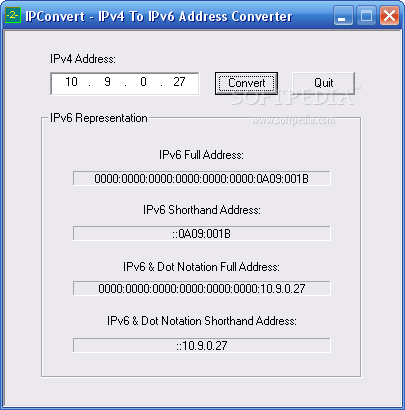


- #No ip duc service how to#
- #No ip duc service pdf#
- #No ip duc service install#
- #No ip duc service password#
If you need help at some point, make sure to check this article here.Īfter the basic installation you need to set a strong password (especially if you plan to forward the SSH port), but in any case it’s a good practice.
#No ip duc service how to#
I have a dedicated tutorial that explain how to do this the right way, so I’ll not repeat here.
#No ip duc service install#
So, the first step if you start from scratch is to install Raspberry Pi OS on your device. I think it shouldn’t change so much if you are on another operating system, but just for your information. I will do this tutorial on Raspberry Pi OS. No-IP Installation Guide on Raspberry Pi Install and Configure Raspberry Pi OS But today we’ll see how to install it on a Raspberry Pi. You can install it on your PC or even on some router (I’m using this method by the way). We need to install the client to sync your IP address and remove this warning (it’s the step 2 from my previous summary). It can work though, as by default, the IP address is set to the one you used to create your account: In your account, you can also see that your hostname is not yet updated.You need to set a username and choose a security question, or it will not work:Ĭlick on “Add Now” and do this immediately. You can skip this step for now, as it’s probably not the one you need for Raspberry Pi. The website shows up, asking you to download the client. Then, you’ll need to confirm your email address, by clicking in the email:.Click on “Free Sign Up” to create your account.I have a few ones, and it works well on Raspberry Pi, so keep your strong password 🙂 “Dynamic DNS enabled devices, such as routers, cameras, or DVR’s, often do not allow special characters and limit password length for Dynamic DNS passwords” You might get a warning if you are using special characters in your password: Fill the form with your email address, password and choose a hostname:.So, whatever your goal, the first step is to create an account and choose a hostname on : If it’s still unclear, feel free to leave a comment in the community, and I will try to explain it another way 😉 Create an account Configure the port forwarding on your router, to redirect any access to your host.Download & install the No-IP client on your Raspberry Pi.Create your account and choose a hostname.To configure everything, there is 3 main steps, that I’ll explain in this tutorial: Your router at home, will redirect the traffic to the Raspberry Pi, or to another host on the network, depending on what you want to do. The remote client can be anywhere in the world, and access the hostname created on No-IP (we’ll see how to create one just after that).
#No ip duc service pdf#
Grab your free PDF file with all the commands you need to know on Raspberry Pi! In fact, it’s not possible as you can’t change the MX option in the DNS configuration on a free plan.īasically, start with the free DDNS service, and you can always see later if you need more options to do what you want. I think there is also an advanced plan, where you can use your domain name, with all the features.įor example, I know that some of you tried No-IP free plan to host a mail server. Yes, with the free plan, you need to log in every 30 days to re-enable the hostname. An enhanced plan: It’s a paid service, but you can define several hostnames (over 20 I think), have more choices for the domain names, and also no ads and no 30-day hostname confirmation required.You can choose a subdomain (for example: ) and link it to your IP address, so that you can use this subdomain to remotely access the service. It’s perfect to host a basic service like a website, SSH access, a Samba share or FTP server for example. A free plan: Probably the one you are interested in.No-IP offers two different service, with different pricing: It gives you a way to access your home server from anywhere, even if you don’t have a static IP address. It’s particularly useful if your public IP address change regularly. The idea is to link a domain name (or a subdomain in the free plan), to your IP address. If you are here, you probably already know what No-IP is and what it does, so I’ll be quick here.


 0 kommentar(er)
0 kommentar(er)
